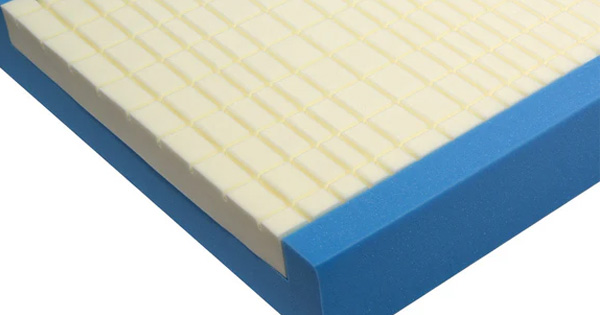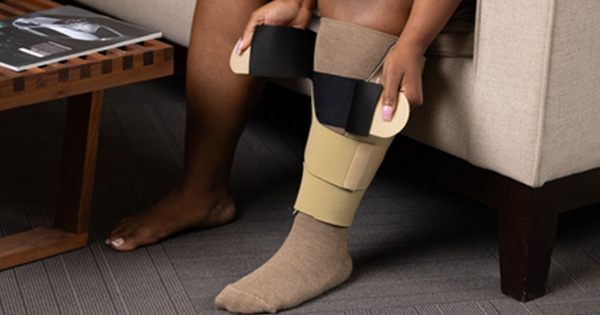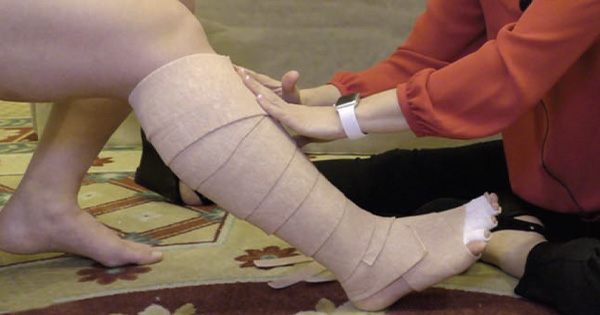Maintenance of good skin integrity is everyones business and every clinician should be viewed as a skincare clinician (Bateman et al, 2011). Moisture-associated damage, be it from faeces, urine, sweat and or wound exudate, often results in inflammation, erythema, and skin erosion if not adequately managed (Gray et al, 2011). Pressure ulcers are a common, often chronic wound, and are described as tissue damage resulting from compressed ischaemic events on bony prominences or from external force, shear and friction (Gorecki et al, 2011). There is a clear link between incontinence, moisture lesions, and an increased risk of developing pressure ulcers (Beldon, 2008). It is therefore imperative that clinicians across all care arenas apply robust assessment, diagnostic and skin-management regimens that are timely and consistent if these risks are to be avoided, and the promotion of the healthy skin integrity is to be maintained.






